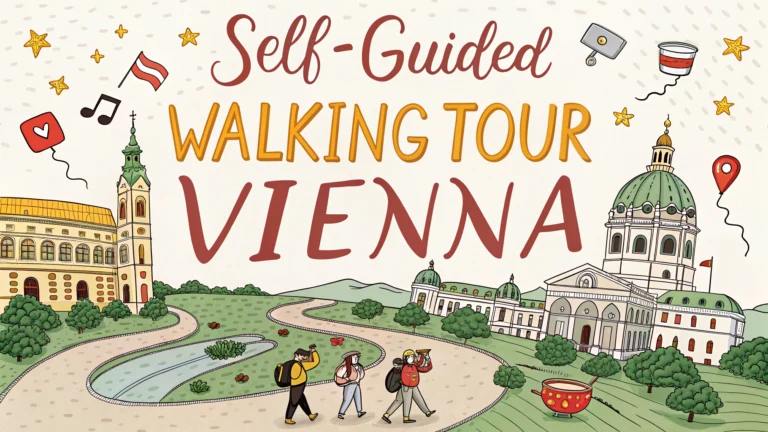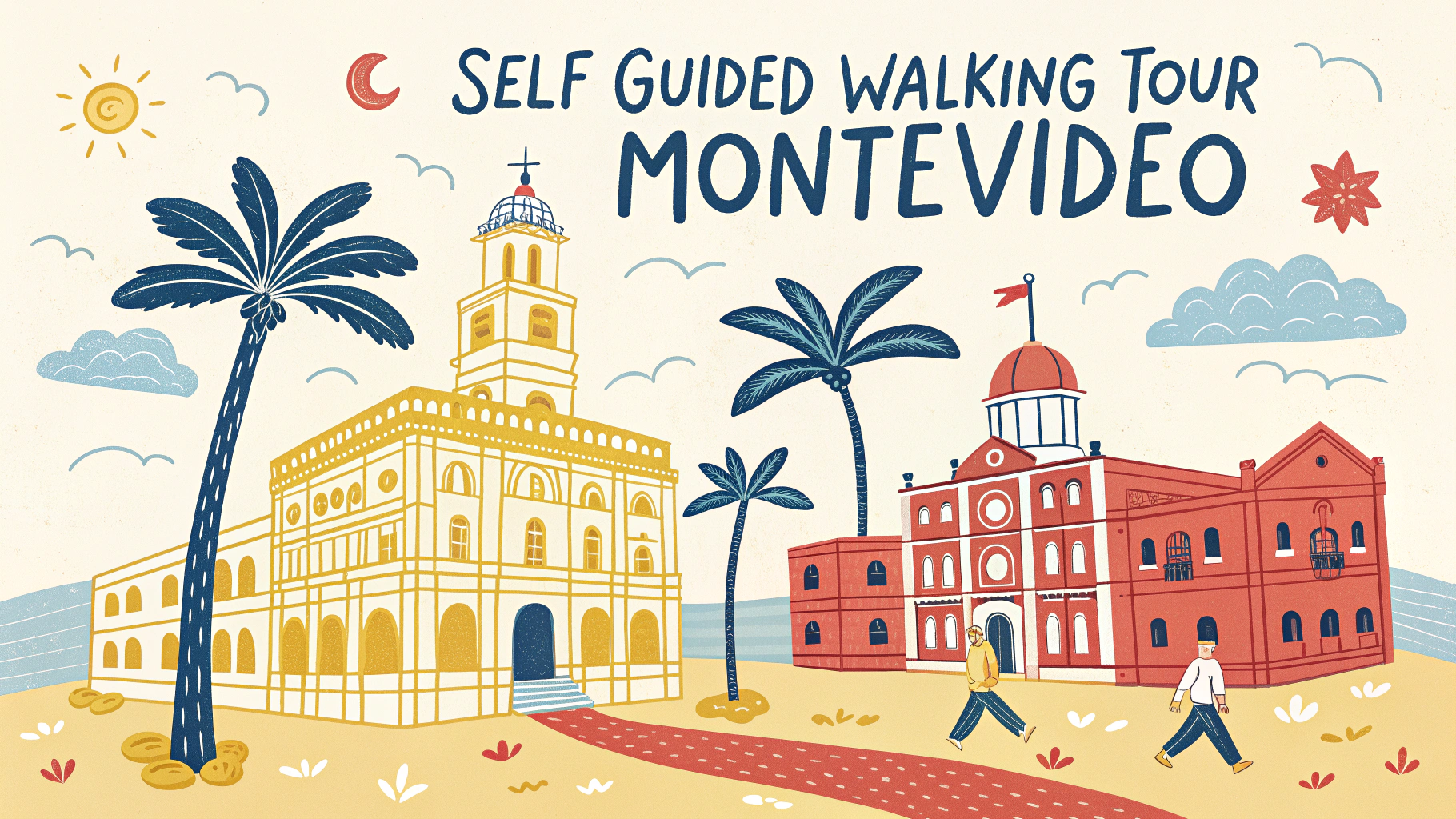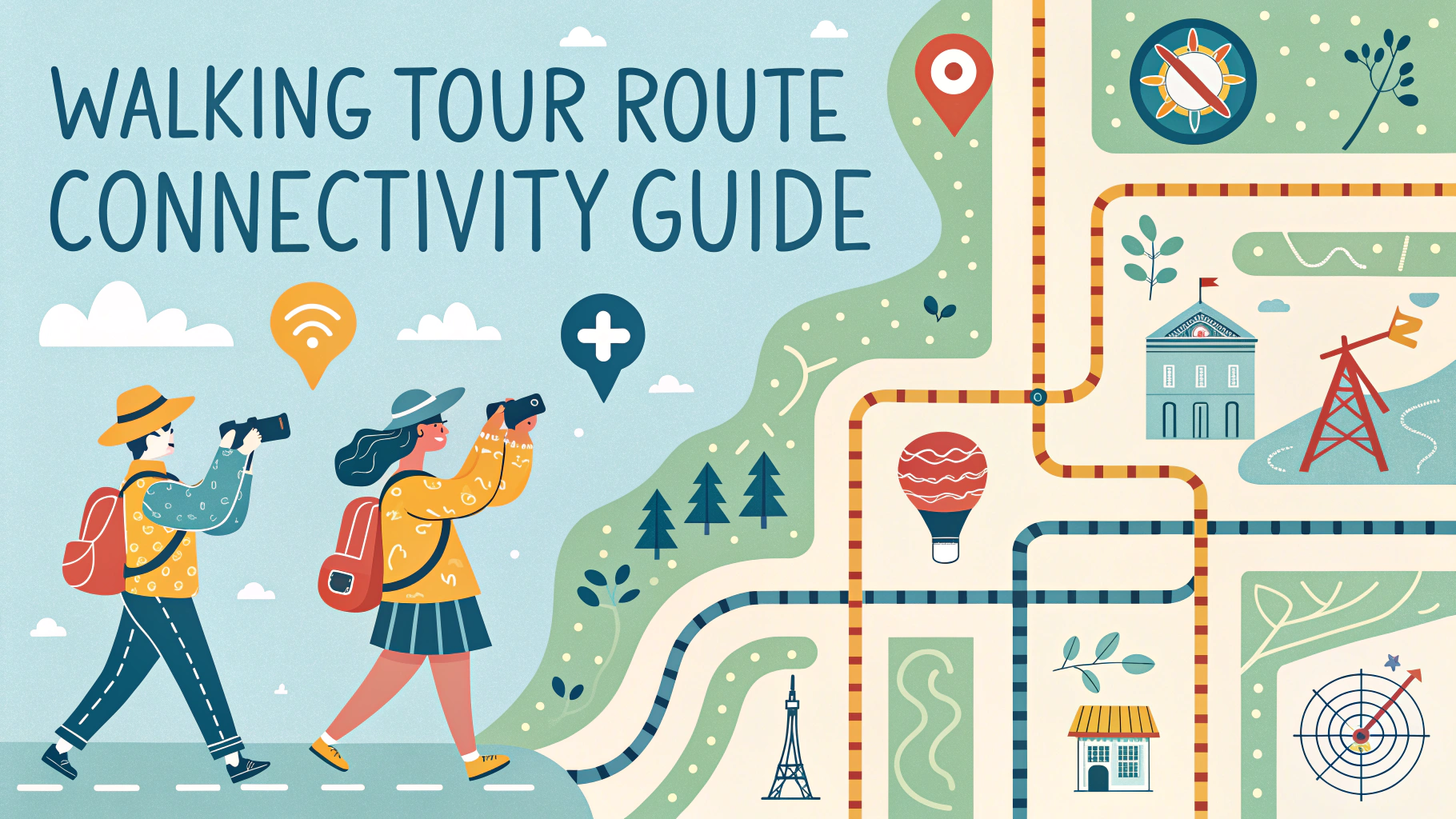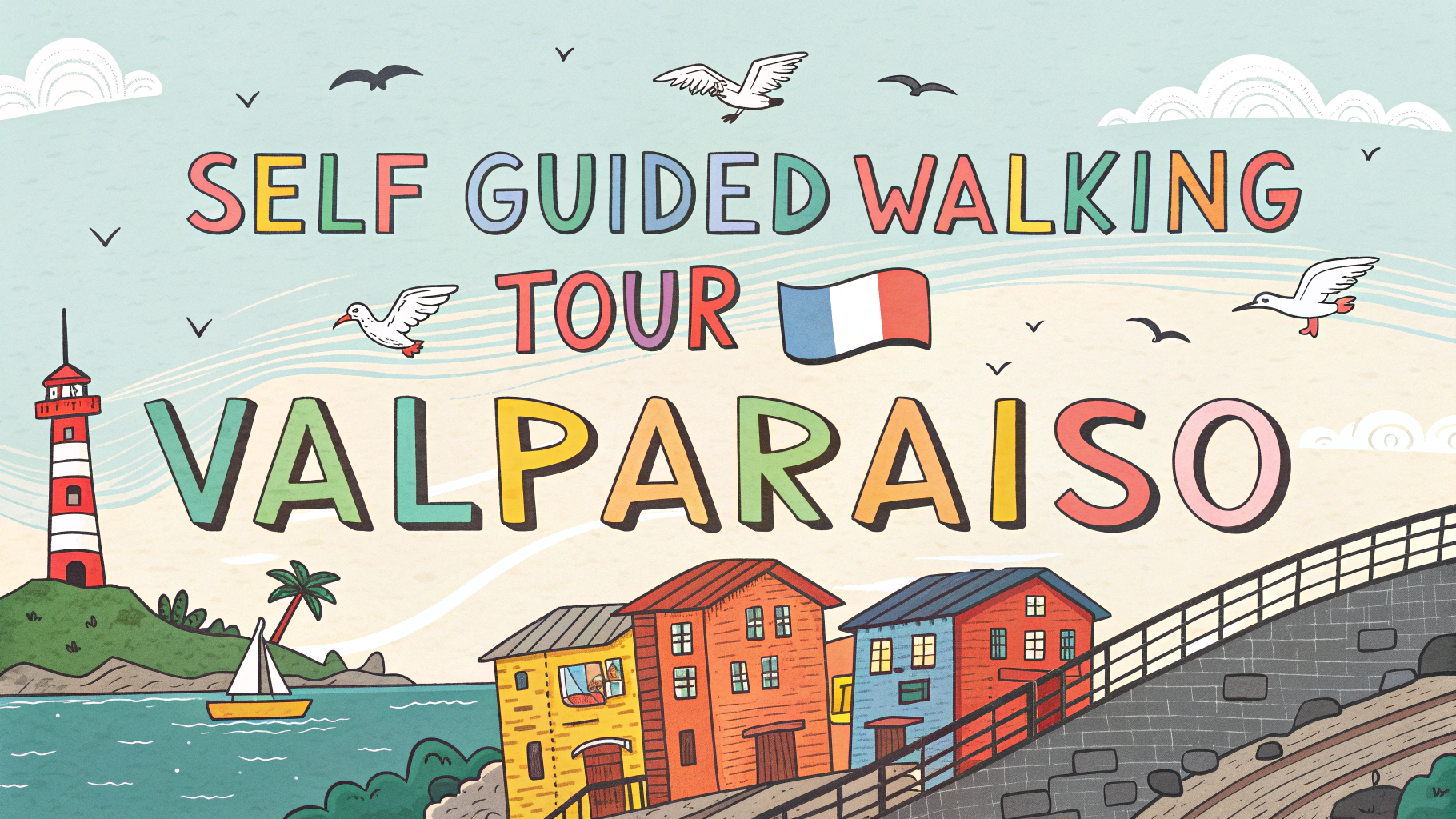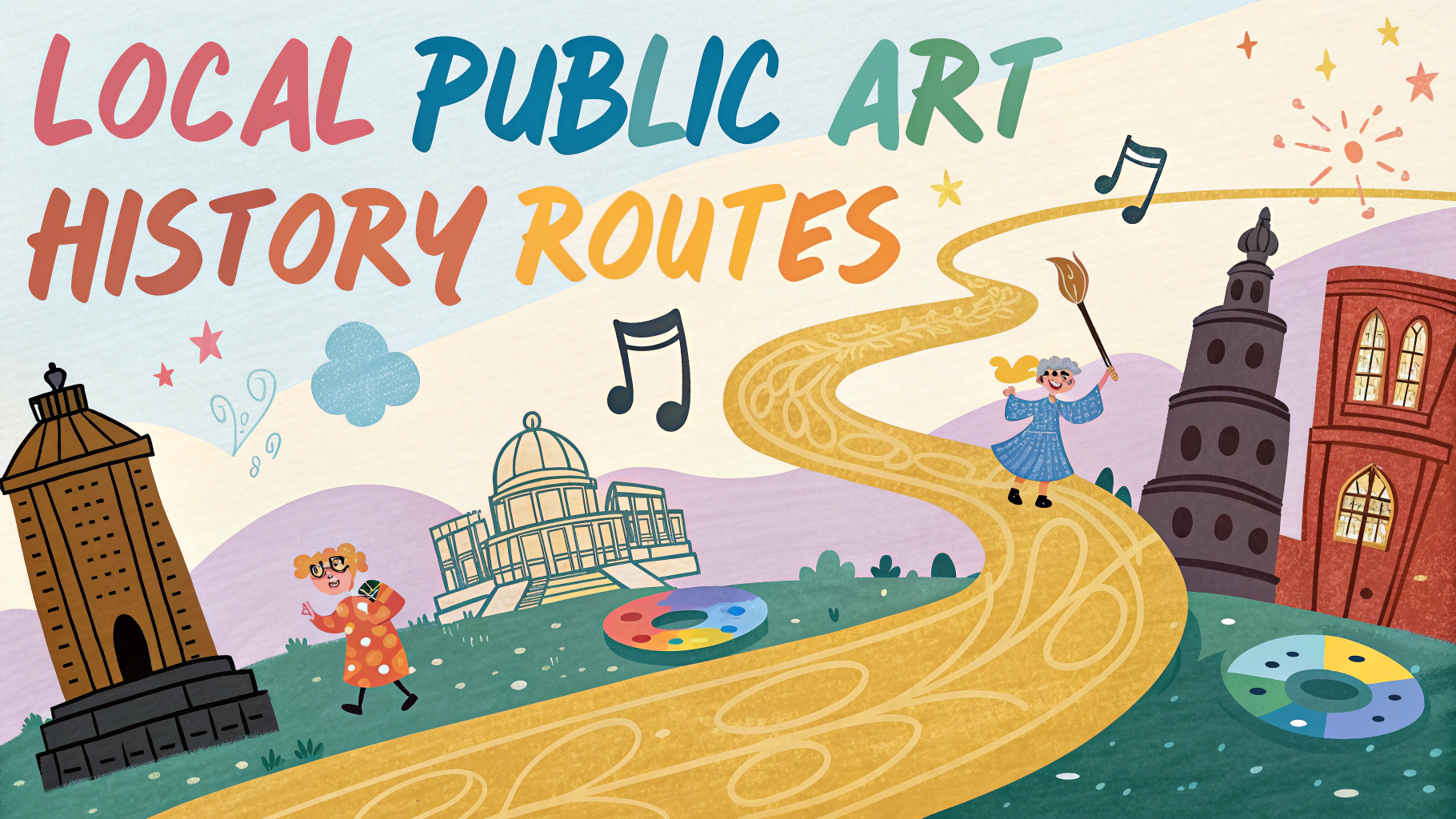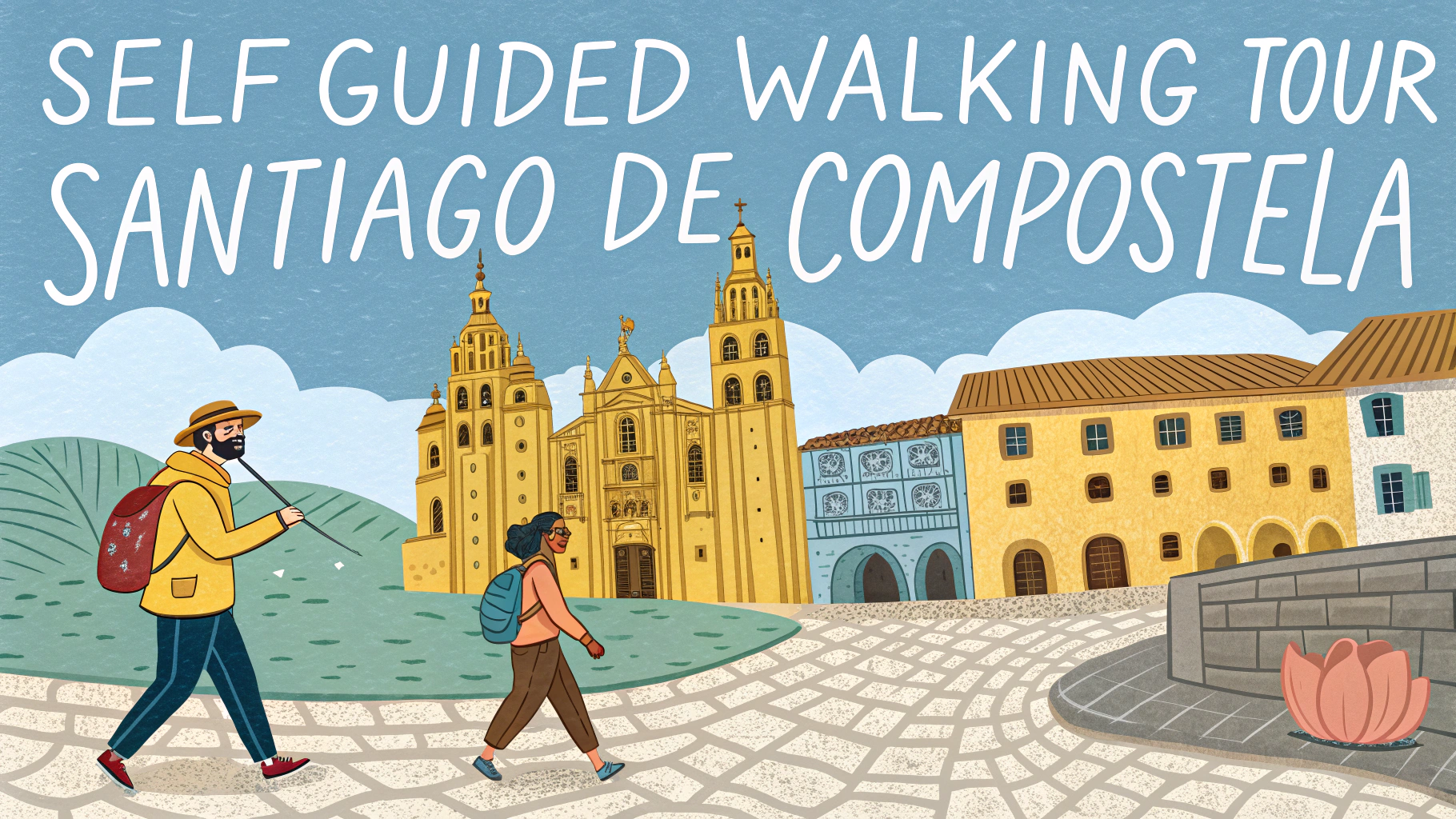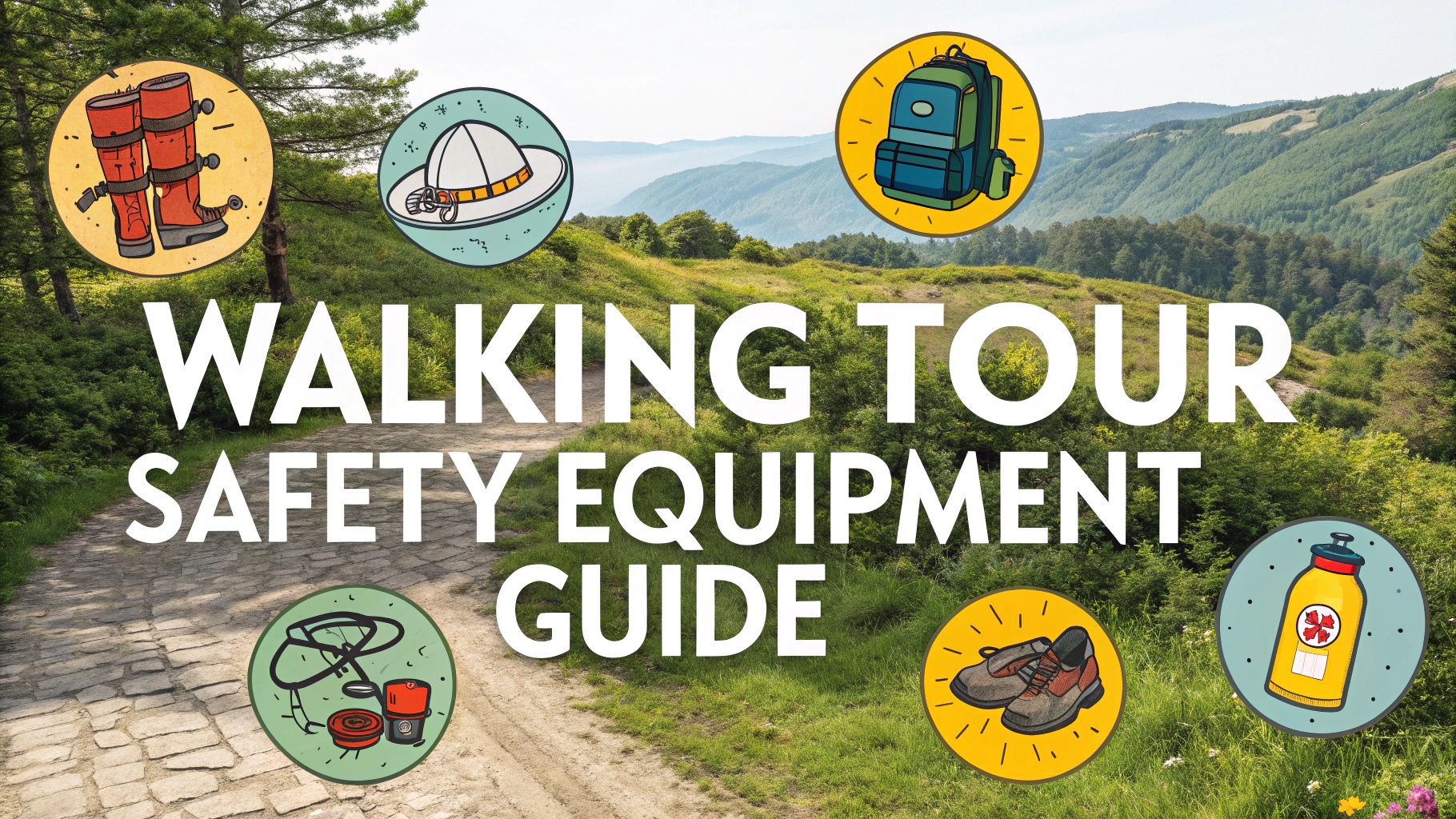Vienna’s historical center, a UNESCO World Heritage site, offers the perfect setting for a self-guided walking tour through centuries of imperial heritage.
Starting Point: Stephansplatz
Begin your walk at St. Stephen’s Cathedral (Stephansdom), open daily from 6:00 AM to 10:00 PM.
Cathedral Highlights
- South Tower (Südturm) – €6 admission for panoramic city views
- Catacombs tour – €6, available every 15-30 minutes
- Gothic architecture dating back to 1137
Route Directions
- Graben – Elegant shopping street with Plague Column (Pestsäule)
- Kohlmarkt – Home to luxury boutiques and historic Demel chocolate shop
- Hofburg Palace – Former imperial residence, now housing several museums
- Heldenplatz – Heroes’ Square with equestrian statues
- Volksgarten – Rose garden and Neo-Classical Theseus Temple
- Rathaus – Neo-Gothic City Hall with seasonal events
Key Stops & Admission Fees
| Location | Price | Hours |
|---|---|---|
| Hofburg Palace | €15 | 9:00 AM – 5:30 PM |
| Spanish Riding School | €18 | 10:00 AM – 4:00 PM |
Practical Tips
- Duration: 2-3 hours at a leisurely pace
- Wear comfortable walking shoes for cobblestone streets
- Many cafes along the route for breaks
- Best timing: Early morning to avoid crowds
Coffee Break Suggestions
- Café Central (Herrengasse 14) – Historic café with grand architecture
- Café Sacher (Philharmoniker Str. 4) – Home of the original Sacher-Torte
Route Extensions
Add the MuseumsQuartier to your walk for world-class art collections at the Leopold Museum and MUMOK.
Transportation
- U-Bahn: U1, U3 to Stephansplatz
- Vienna City Card: €17 for 24 hours of public transport
Free public restrooms are available at major department stores like Steffl (Kärntner Straße 19).
Emergency Information
- Police: 133
- Tourist Information: +43 1 24555
- Tourist Office: Albertinaplatz/Maysedergasse, open daily 9:00 AM – 7:00 PM
Evening Activities
After completing the walking tour, consider these cultural evening options in the historic center:
- Vienna State Opera – Standing room tickets from €10
- Musikverein – Home of the Vienna Philharmonic
- Mozart Concerts at Karlskirche
Dinner Venues
- Plachutta (Wollzeile 38) – Traditional Tafelspitz
- Figlmüller (Wollzeile 5) – Famous for Wiener Schnitzel
- Griechenbeisl (Fleischmarkt 11) – Vienna’s oldest restaurant
Alternative Routes
For art enthusiasts, consider the “Ring Road Route” covering major museums:
- Kunsthistorisches Museum – Fine arts museum
- Albertina – Graphic arts and impressionist works
- Secession Building – Art Nouveau masterpiece
Conclusion
This self-guided tour provides a comprehensive overview of Vienna’s imperial heritage, combining architectural marvels, cultural institutions, and culinary highlights. The route can be customized based on interests and available time, with numerous opportunities to explore indoor attractions or enjoy Vienna’s café culture.
Seasonal Considerations
- Summer (June-August): Start early to avoid heat
- Winter (November-December): Christmas markets along the route
- Spring/Fall: Ideal temperatures for walking
FAQs
- What is the ideal duration for a self-guided walking tour in Vienna’s historic center?
A typical self-guided walking tour of Vienna’s historic center (Innere Stadt) takes 2-3 hours, covering major attractions like St. Stephen’s Cathedral, Hofburg Palace, and Graben Street. - Which are the must-see landmarks on a self-guided walking tour in Vienna?
Essential landmarks include St. Stephen’s Cathedral (Stephansdom), Hofburg Palace, State Opera House, Albertina Museum, Karlskirche, and the Rathaus (City Hall). - Is Vienna’s public transportation necessary during a walking tour?
Most attractions in Vienna’s historic center are within walking distance of each other. However, the U-Bahn (metro) or tram can be useful for reaching outlying attractions like Schönbrunn Palace. - What’s the best time of year for a walking tour in Vienna?
Spring (April-May) and autumn (September-October) offer the most pleasant temperatures and smaller crowds. Summer is peak tourist season, while winter features Christmas markets but cold temperatures. - Are Vienna’s walking routes accessible for people with mobility issues?
Vienna’s historic center is largely flat and features wide sidewalks and pedestrian zones. Most major attractions are wheelchair accessible, though some historic buildings may have limited access. - Where can I find reliable maps for a self-guided walking tour?
Free maps are available at Vienna’s tourist information centers, particularly at Albertinaplatz and the main railway station. The Wien Mobile app also offers offline maps and routes. - What are the best areas for coffee and cake breaks during the walk?
Traditional Viennese cafes like Café Central, Café Sacher, and Café Demel are located along popular walking routes, particularly around Kohlmarkt and Graben. - How safe is Vienna for solo walkers?
Vienna consistently ranks among the safest cities in the world, with well-lit streets and active pedestrian areas. The historic center is particularly safe and well-monitored. - What should I wear for a walking tour in Vienna?
Comfortable walking shoes are essential. Dress respectfully, especially when visiting churches. Bring layers for variable weather and an umbrella during spring and autumn. - Are guided audio tours available for self-guided walks?
Yes, several free and paid audio guides are available through apps like izi.TRAVEL and the official Vienna Tourism Board app, offering detailed historical information about landmarks.
